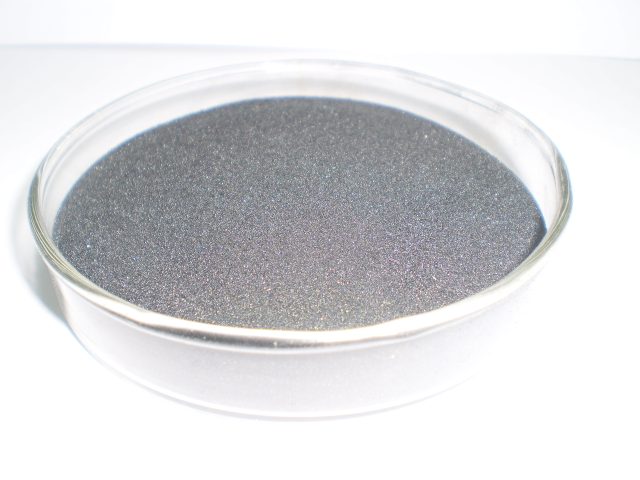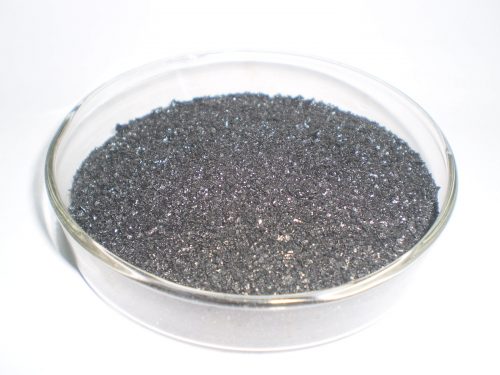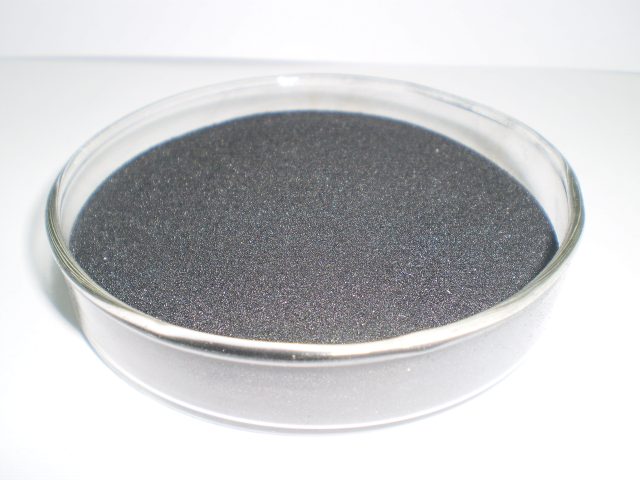Humic acid is a kind of macromolecular compound with relatively complex composition. According to its solubility in different solvents, it is divided into three components, namely fulvic acid, brown humic acid and black humic acid. Humic acid is widely found in lignite, weathered coal and peat in the natural world, with a content of 30% to 70%. In the 1970s, China had set off a wave of research and application of humic substances, mainly to solve the agricultural production of fertilizer at that time. shortage.
The biological activity and special structural properties of humic acid play a peculiar role in plant growth. The organic acid substance provided by humic acid in natural coal is called MFA, and the humic acid substance produced by our first biochemical method is called BF (Biotechnolosy Fulvic scicl). This environmentally friendly green technology provides a greater platform for the application and development of humic acid products. At present, humic acid have been used in agriculture, forestry, medical and health, environmental protection, pesticides, fertilizers and other industries. In particular, people’s awareness of environmental protection, the prevalence of green health food, then solve this problem and provide these edible substances, humic acid will play an important and unique role, thus, humic acid will have a broader market space, It will also promote the faster development of this product and industry.
Principle of biological activity of humic acid
The main elemental composition of humic acid is carbon, hydrogen, oxygen, nitrogen, sulfur, and is a polycondensate of a polyvalent phenolic aromatic compound and a nitrogen compound. The molecular weight distribution is wide, the molecular weight of small molecules is tens of thousands, and the molecular weight of macromolecules is tens of thousands to millions.
The structure is also quite complicated, and contains various functional groups such as phenolic hydroxyl group, hydroxyl group, alcoholic hydroxyl group, hydrazine hydroxyl group, enol group, sulfonic acid group, amine group, free sulfhydryl group, sulfhydryl group, decyloxy group, methoxy group and the like. . Each composition is entangled by chemical and physical interactions such as bonding, hydrogen bonding, and adsorption. Due to the presence of these reactive groups, the acidity, hydrophilicity, ion exchangeability, complexation and high adsorption capacity, buffering and catalytic ability of humic acid are determined. The addition of humic acid to the feed can effectively adsorb various toxic and harmful substances produced by the feed, and can also absorb toxic substances produced by digestion and metabolism during digestion and metabolism. Such as: amines, hydrogen sulfide and other substances, maintaining the normal microflora of the intestines.
Humic acid is added to the feed and can also act as a drug, which has a significant therapeutic effect on intestinal ulcers and gastritis. Because humic acid contains small molecules of fulvic acid, it can adhere to the surface of the ulcer, which can quickly stop bleeding and facilitate rapid healing of the tissue. Humic acid has an immune-enhancing effect on animals, and promotes antigenic substance uptake, cellular immunity and humoral immunity in the immune process. Humic acid contains sulfhydryl groups to participate in the body’s redox reaction, maintain strong metabolism, and promote cell proliferation.
Humic acid can also act on the autonomic nervous system, inhibiting the excitation of the sympathetic nerves, making the animals quiet and reducing consumption. Because humic acid is an organic acid, it can regulate the pH value of digestive tract, promote the secretion of digestive enzymes in young animals, activate the activity of various enzymes in the body, change the permeability of cell membrane, improve the absorption of feed nutrients, and improve the feed. Utilization, promote growth and development. For biochemical fulvic acid, it not only contains humic acid, but also contains a certain amount of nucleic acid, amino acid, VB, VC, inositol, polysaccharide, in addition to having strong biological activity, it is also an important nutrient for animals.
In summary, according to clinical evidence, humic acid has hemostasis, anti-inflammatory, analgesic, astringent, adsorption, anti-allergic, secretory secretion, regulation of gastrointestinal function, improve immunity and enhance animal disease resistance. At present, some feed manufacturers, in order to cater to the consumer psychology of the farmers, improve the growth of animals, the pursuit of feed effects, the addition of a large number of antibiotics in the feed, due to the residues of antibiotics, directly affect people’s health. As a green product, humic acid can be added to the feed to replace antibiotics. Scientific research in recent years has shown that humic acid, as a new type of feed additive, has a peculiar effect and plays a very important role in aquaculture, and will certainly promote the development of the feed industry.
Prospects for the development of humic acid
Humic acid is used in aquaculture. It is still rare in domestic reports. As a natural active substance, it can be used as a disease prevention agent within a certain range. The development of humic acid has broad market prospects. Problems in the humic acid industry: If the scale of production is small, the technology is relatively backward, the quality is unstable, the technical strength of each enterprise is weak, and the development and application research are not enough, thus restricting the development of this industry. The peculiar effect of humic acid is not well understood, and further research is needed, as well as increasing the application space and application value of humic acid.



